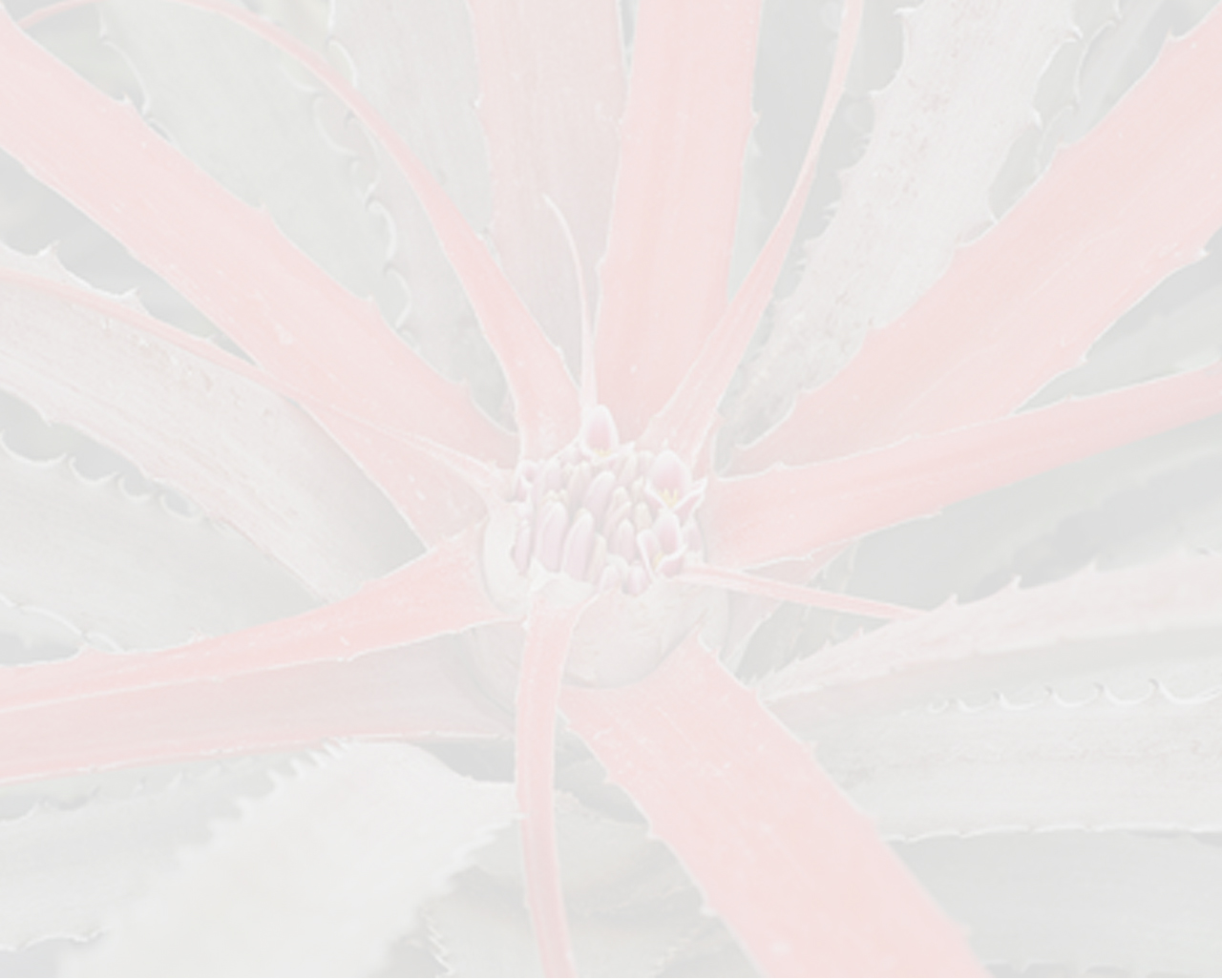Bromelia chrysantha Jacq
Literature references:
*move your mouse pointer over the page numbers to see comment
Comments:
- Local names. Pinuela (Colombia); Maya (Venezuela).
The Genus Bromelia in Venezuela, Bromelia chrysantha and Bromelia pinguin: two edible species by Ana Rousse in J.Brom. Soc. 43: 66-8. 1993
Since 1498 when Columbus sailed along the northeastern coast of Venezuela and the island of Trinidad, the existence of Bromelia chrysantha and Bromelia pinguin have been known. It was Marc de Civrieux, ethnobotanist and anthropologist, whose book entitled The Caribs and the Spanish Guiana Conquest, made evident the importance of these species in the life of the Caribbean tribes. The fruits, called "mayas" were edible and they had medicinal properties such as sedative medicines of the nervous system and as vermifuge drugs. They were very useful also for the fibers used for manufacturing ropes used in the making of hammocks.
At present, all the significant importance of the edible Bromelia genus seems to be forgotten. When travelling around most of the coast of Margarita Island, Araya, Paria, the Gulf of Cariaco, and the northern coast of Anzoategui, I noticed that there is some confusion about the identification of these species. The native inhabitants call both species "maya" or "chiguichigue," and many times they have said that bromelias attract snakes.
Harvest time is during April and May. Cultivation is on a small scale, and the chief uses are as fences to mark property lines and as ornamentals in xerophytic gardens.
These species grow in the same habitat, the dry north coast, mixed with cactus, at an altitude of sea level to 600 meters, and they rather like to have a little shade. They gather in colonies and are found anywhere, especially close to roads leading to large villages. —See Smith & Downs 1979

